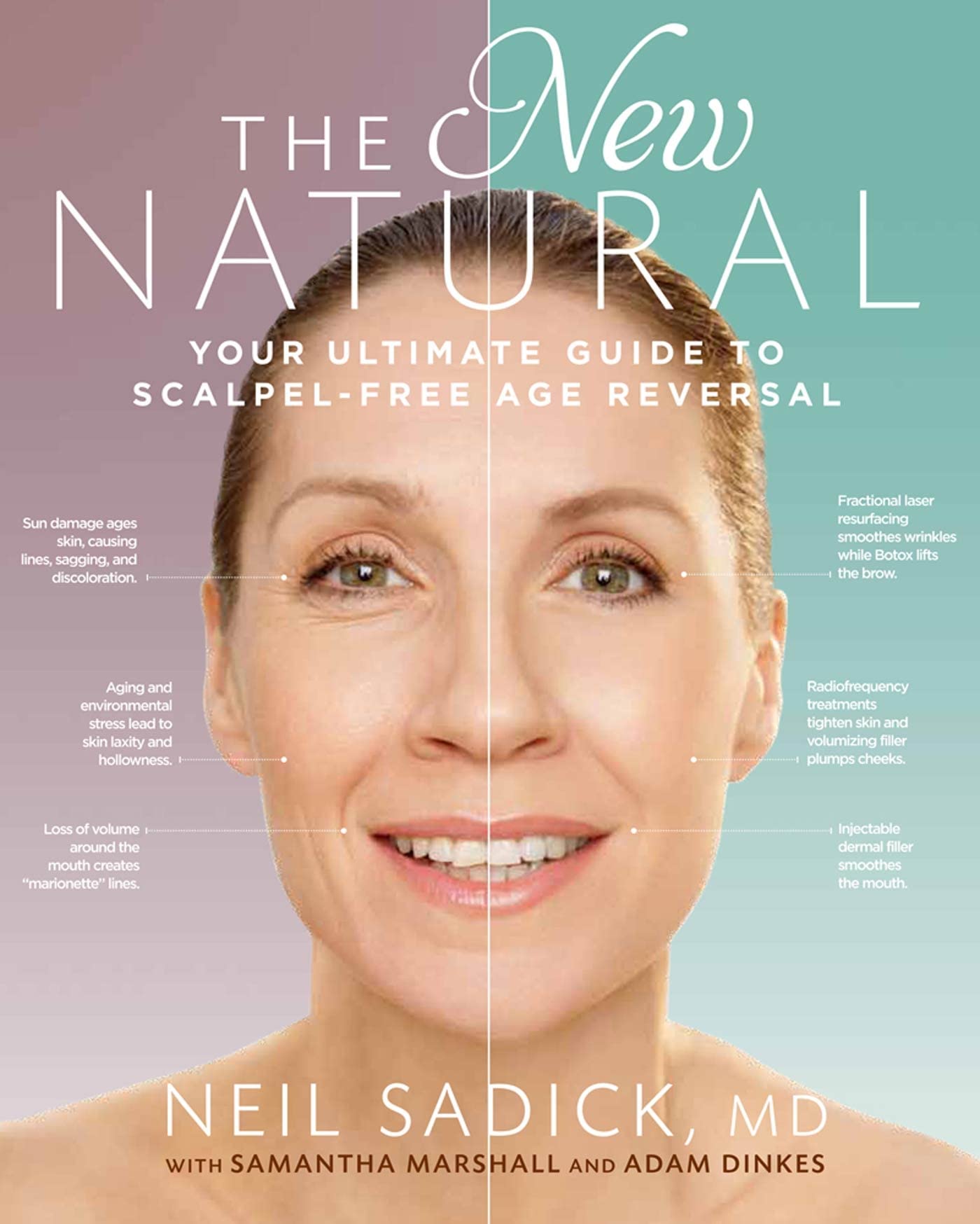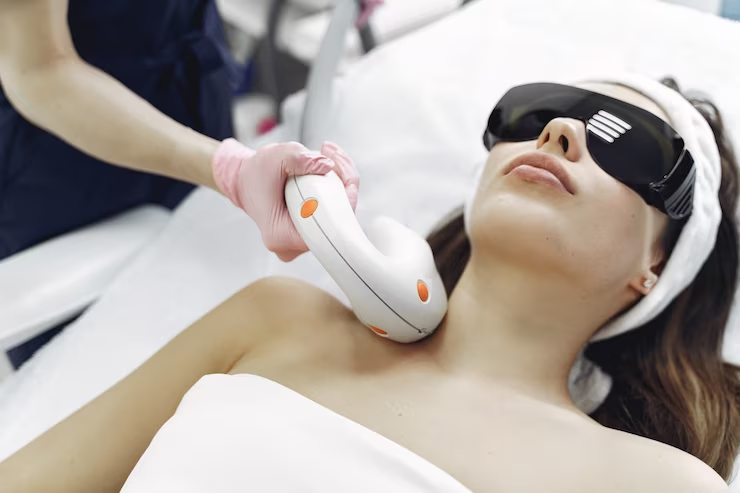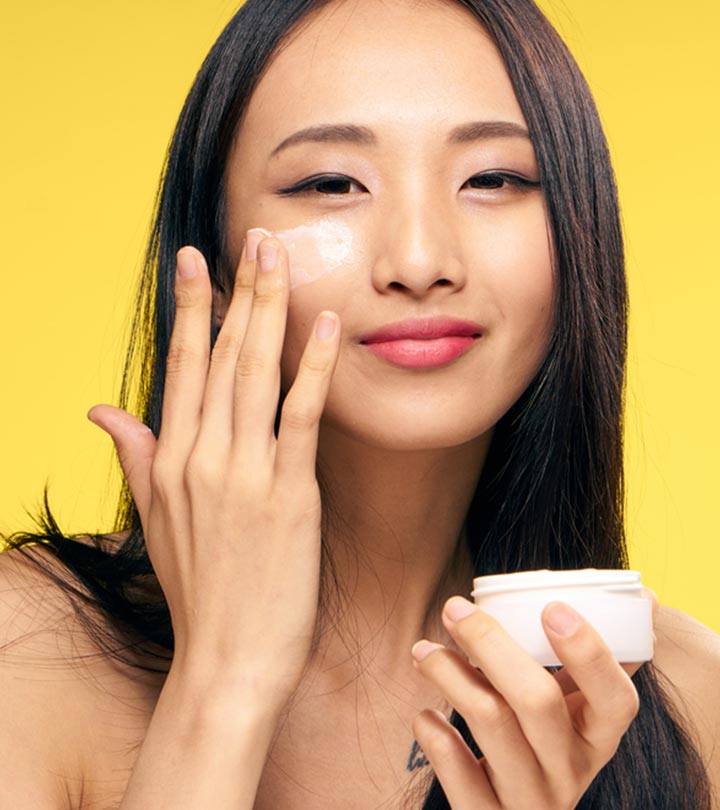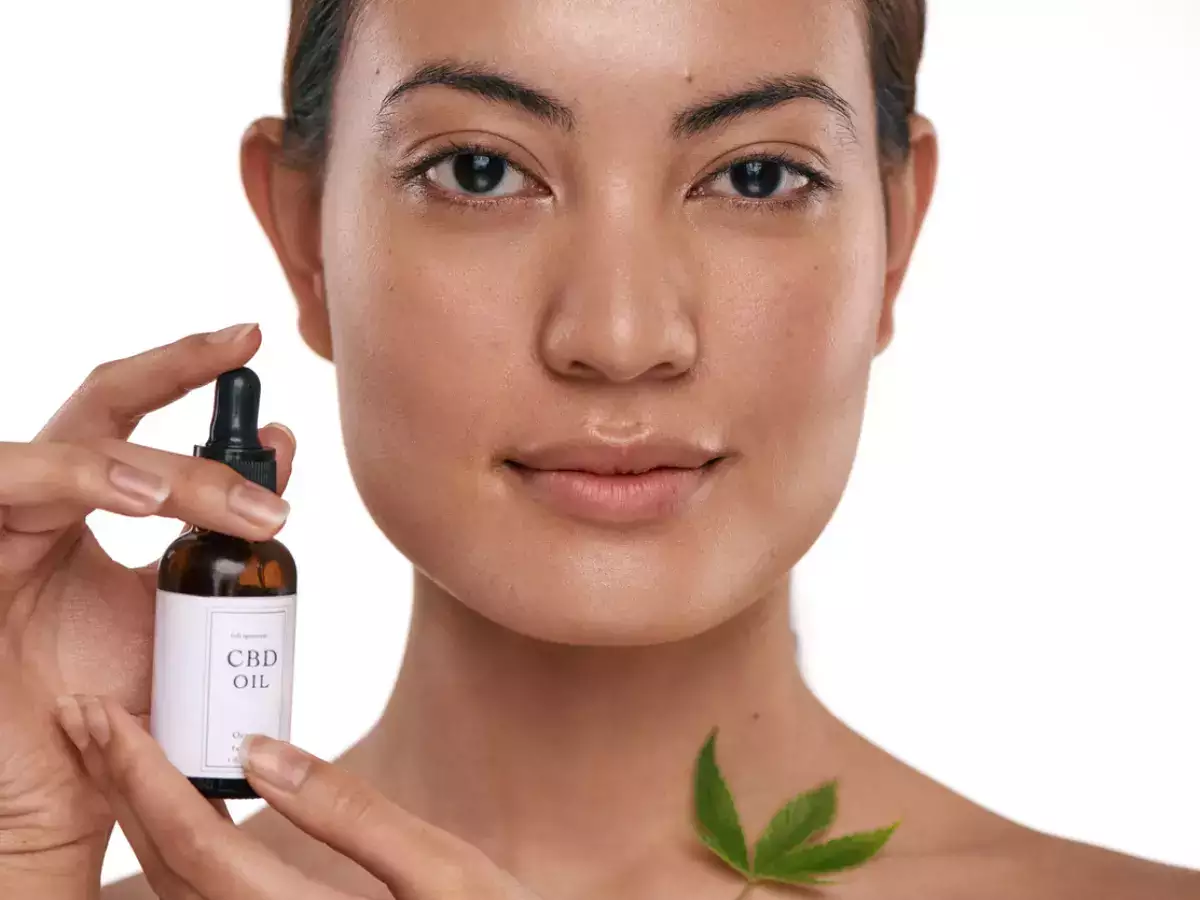Aging is a natural process that cannot be reversed. While it is considered beautiful, dealing with wrinkles and fine lines may seem like a never-ending process. Wrinkles are good, but to some extent only. Our facial skin is more exposed to elements than the skin on any other part of our body. Moreover, our facial muscles work a lot, delivering all kinds of expressions on a daily basis. So, it is easier for our facial skin to loosen up and look a bit dull if not taken care of properly. Apart from aging, external factors like pollution, unhealthy lifestyle, and nutrient-deficit diet can all lead to unhealthy skin.
To deal with unhealthy, dull-looking skin, some people even go to drastic lengths, such as surgery, which may or may not be successful. But thanks to the advancement in the cosmetic procedures, more minimally invasive treatments have been introduced that are better than cosmetic surgery. One of them is wrinkle fillers.
Wrinkle fillers promise to give you a more youthful skin for a fraction of what a traditional cosmetic facelift costs. They are quite popular and recommended over other cosmetic procedures.
In this post, we are going to discuss everything you need to know about wrinkle fillers, including what it is, what are its types, why it is recommended over other treatments, and a lot more. So, keep reading.
An introduction to wrinkle fillers
Wrinkle fillers are small gel injections that give your skin its lost plumpness, smoothness, and youthfulness. They are typically made of hyaluronic acid, but there are other types as well. These fillers work to restore the lost volume in specific areas of the body, such as cheeks or lips, by enhancing volume in a controlled manner. It is a minimally invasive procedure that takes less than 30 minutes. Perfectly curated procedures can last from six months to up to a year or more.
As you age, there is a certain amount of protein and fat loss in the skin layer, which leads to wrinkles and sags. According to skincare experts, the breakdown begins when we cross the age of 25. This is when our skin starts experiencing a decrease in the production of collagen. Along with that, genetic predisposition, pollution, stress, extreme climatic conditions, sudden weight loss, and medications, among other factors, take a toll on our skin, causing it to stretch a bit, lose the sheen, and compromise the overall fuller look.
Botox is one option, but it makes your skin look less natural. Wrinkle fillers or dermal fillers relax the muscles under the wrinkle and fill the creases and lines, which causes the trouble spots to nearly disappear. Wrinkle fillers are generally used for:
- Redefining lip border and plumping thin lips
- Reconstructing cheek depressions
- Enhancing, reconstructing, and softening shallow contours, wrinkles, and facial creases
- Softening worry lines, smoker lines, marionette lines, frown lines, deep smile lines, and crow’s feet
- Reducing scars from wound, burns, acne, and breakouts
- Decreasing the appearance of the shadow of the lower lids and recessed scars
How do wrinkle fillers work?
Fillers are also known as volumizers that basically restore the lost volume and plum the areas on your face. That is, it works in a way that the deep-setted lines are smoothed to make your face evenly looking without any creases and uneven gaps. When we reach a certain age, our body stops producing elastin and collagen, which are responsible for our skin’s youthfulness. Although you can restore collagen and elastin in your body by following a healthy diet and applying collagen-rich cosmetic products, these will not give you instant results. Wrinkle fillers are the best option if you want faster and long-term results.
Now that you know what basically wrinkle fillers are, let’s jump to the next section where we will discuss the different types of fillers used in the cosmetic industry.
What are the different types of wrinkle fillers?
When it comes to wrinkle fillers, numerous categories have been introduced over time. Each category has its own pros and cons and works in a slightly different way.
#1 Hyaluronic Acid Wrinkle Fillers
Hyaluronic acid fillers the most popular type of dermal fillers. Although its side effects are rare, temporary bruising, swelling, or redness could be seen post-procedure. Nevertheless, they improve over time. Hyaluronic acid fillers are effective in improving the overall contour of the skin by reducing the depressions due to lines, injuries, or scars. The potential improvements that one can see after having Hyaluronic acid fillers injected in your skin include:
- Worry lines that run across your forehead
- Some facial scars
- Vertical lines on the mouth, also known as smoker’s lines
- Scars including acne, burns, and those caused by injuries
- Redefining lip border
- Marionette lines at the corner of the mouth
- Frown lines between the eyebrows
- Deep smile lines, also called nasolabial furrows, which runs from the side of the nose to the corners of the mouth
- Crow’s feet at the corner of your eyes
- Cheek depressions
- Acne scars
Hyaluronic acid is naturally produced in our bodies. However, as we age, its production decreases. It is found in the fluid surrounding our eyes, in the soft connective tissues, in the joint fluids, skin tissue, and in the cartilage. This is the reason why people suffering from arthritis and joint problems are injected with Hyaluronic acid. It provides extra cushioning and eases the pain.
The results may vary after the procedure. Based on who did the procedure, how it was done, as well as the individual himself/herself, the results last from several months to a year or two. Skincare experts say that repeated procedures can help stimulate the body’s natural production of Hyaluronic acid and collagen. Therefore, it may help keep your skin youthful for longer durations.
#2 Calcium Hydroxylapatite Fillers
Calcium Hydroxylapatite Fillers are biosynthetically produced in the lab. However, Calcium Hydroxylapatite is a mineral-like compound, which is naturally found in human bones. It is a prominent part of the dermal procedures and often used to:
- Improving volume in areas of facial wasting, which can occur in people taking certain medications. Facial wasting is also common in HIV-positive people
- Enhancing fullness of the cheeks and other facial contours
- Treating moderate-to-severe creasing on the face, such as frown lines, marionette lines, and nasolabial folds
People who have sensitive skin prefer Calcium Hydroxylapatite Fillers because they produce a very natural result and lowers the risk of allergic reactions. The side effects are quite rare, and it doesn’t migrate to other parts of the body over time. Before it was used as a dermal filler, Calcium Hydroxylapatite was used in reconstructive surgery and dentistry and had a long safety record.
#3 Polyalkylimide Fillers
Polyalkylimide is a popular dermal filler often used in plastic surgery. It is a semi-permanent wrinkle filler and is biocompatible. Meaning, it has a very little reaction with human tissue, and no allergy test is required. It is used for:
- Treating facial wasting caused due to intake of powerful medications
- Enhancing jawlines and cheekbones
- Replacing facial volume loss due to aging
- Plumping thin lips
- Treating much deeper wrinkles and depressed scars
Polyalkylimide is a radio transparent compound, so it won’t interfere with x-rays. Once the Polyalkylimide filler procedure is complete, a thin layer of collagen is naturally formed over it within a month. As a result, the filler is completely surrounded. People who need more work on their facial skin prefer this type of dermal filler because a single procedure can fill a large volume. And the best part is that the compound is quite stable and isn’t affected over time. It can also be removed from the skin if required.
#4 Polymethyl-Methacrylate Microspheres (PMMA)
Polymethyl-Methacrylate Microspheres is a semi-permanent wrinkle filler that is often used to treat deep wrinkles, particularly the nasolabial folds furrows. Moreover, dermatologists also use them on patients with extremely thin lips and pitted scars.
PMMA is used as an alternative to collagen replacement therapy because of its semi-permanent nature. Unlike other fillers, the PMMA procedure may take more than one visit to the clinic. With that said, one of the disadvantages of Polymethyl-Methacrylate Microspheres is that multiple injections are needed over the course of time to add volume to your face. And it can take over three months to determine the full effects of the procedure. On the other hand, the compound injected under the skin may also be visible. Hence, the surgeon doing the procedure must be well versed with the technique to avoid any complexities and post-procedure blunders.
#5 Polylactic Acid
Polylactic Acid is a stimulating agent that, when injected, triggers your body’s own collagen production. It is a biodegradable, non-toxic substance that has been used for more than four decades as suture material. This type of filler is particularly used for:
- Treating deep nasolabial folds
- Plumping thin lips
- Filling the lines caused by launching
Polylactic Acid is only used on rare occasions as it doesn’t produce immediate results. It will probably take three treatments in a month to complete the procedure, and you will start seeing results in 4-6 weeks. Since it forces your body’s natural collagen production, it can take some time. Nevertheless, some occasional touch-ups may also be required.
#6 Collagen Wrinkle Fillers
Collagen wrinkle fillers are a purified form of collagen that works well on human skin and offers a natural-looking fill. However, its downside is that the results aren’t permanent, and the injection starts to break down within one month of treatment. Allergic Testing is also done before the procedure because this collagen filler is harvested from animals, and there is a high risk of allergic reactions.
#7 Autologous Wrinkle Fillers
This is a complex procedure where fat is removed from your stomach, buttocks, or thighs surgically, treated, and then infected. Fat is the most common substance used in this category. It includes two processes. The one is fat removal, and the other is injection. While both the processes are performed during a single visit, it takes at least a couple of visits to complete the procedure perfectly. Before it is injected under your skin, the fat is purified in the lab. It is an expensive procedure and time-consuming as well.
Apart from body fat, platelet-rich injections are also a type of autologous wrinkle filler. In this, blood is drawn from the thigh or the arm and injected into the face. It is much more effective than fat injection as the results may last up to 18 months.
However, just like other wrinkle fillers, autologous volumizers also possess the same risks, such as swelling, redness, and bruising at the injected site.
These are the most commonly used wrinkle fillers in the industry. You need to understand that while they have somewhat similar procedures, they all differ in chemical makeup, have varying degrees of softness, and longevity. Sturdier dermal fillers are used for enhancing areas where more volume is required, such as jawlines and cheekbones. Softer fillers, on the other hand, perfect for areas like lips and under the eyes.
The price of the procedure will also depend on the type of preferring. It will be your surgeon who decides which type is best suitable for you. It will be after a thorough assessment of your skin and health. From any medications you take to any skin allergies you have, to your skin’s response to the fillers, everything will be taken into consideration to reduce any complexities of the procedure as well as to reduce the occurrence of side effects. The fillers are injected in the clinic itself, and you may have to do multiple visits to the surgeon to make sure that the procedure is perfectly catered to.
What are the potential side effects of having a wrinkle filler procedure?
As discussed in the above section, the primary side effects may include bruising, swelling, itching, and redness in the injected area. One may also experience mild pain in the injected region. But practitioners say that the pain will eventually ward off within a week post-procedure.
In less common instances, there are chances that you may experience some rare side effects. According to experts, these side effects are likely to occur if you use autologous fat injection or hyaluronic acid injection as the filler compound. The side effects can be:
- Change in skin color pigmentation or discoloration
- Infection
- Allergic reaction
- Blurred vision. In some cases, temporary blindness
- Headache
- Filler compound in the area of the skin where it wasn’t injected. This is known as filler migration
- Visible clumping of the filer substance
- Asymmetry of the face
- Over or under correction of wrinkles
- Skin eruptions that look like breakouts
- Skin necrosis
Hence, it is always important to consult an experienced provider to reduce the occurrence of any potential side effects. Remember, it is your face. So, you cannot compromise anything for it. So, always choose the best provider after performing thorough research.
Increasing good outcomes dermal filler procedures
Fillers are considered among the best and one of the safest procedures to give your face a nice lift. However, there are certain things that need to be considered when opting for a wrinkle filler procedure.
- Never opt for a dermal filler based on the price of the procedure. If you are offered a treatment at a price that is too good to be true, then there is a possibility that the filler material could be of poor grade and quality. It is also a possibility that the provider is underskilled and lacks experience. You are always advised never to risk making a bargain, especially when it comes to your health.
- Make sure that the procedure will be carried out in a medical setting with prompt staff and sterile instruments. Never risk anything with your face. Avoid getting the treatment in resorts, spas, hotels, or homes. Anything that lacks a medical setting should be avoided.
- Never purchase wrinkle fillers online or source them outside the doctor’s office. Always prefer what your doctor prescribes. The doctor will diagnose the area and, after proper analysis, will tell you the best possible filler material and treatment. Don’t go behind your doctor’s back and do stuff that won’t be fruitful. The fillers prescribed by the doctor will be FDA-approved. On the other hand, it is also important to ask your doctor questions regarding where they source their filler materials and whether or not they are safe for use. Some are notorious for ill-practices. Thus, it is critical to gain as much knowledge as possible about the procedure and the materials to stay informed in all aspects.
- Once the procedure is complete, make sure you preserve the filler by following best practices advised by the surgeon. Always wear sunscreen when going out. Keep your skin clear and make sure that you take care of the injected area properly with the right ointments.
Final Words
Wrinkle fillers are one of the most popular cosmetic procedures for younger-looking, flawless skin. It can help you hide your age by removing wrinkles and fine lines. It is a non-invasive procedure but requires special attention. If you are considering having wrinkle fillers injected in your face, always consult a physician who specializes in this particular field. There can be complications post-procedure, but if you follow the instructions, you will flaunt a younger-looking skin within a week or two post-procedure.



